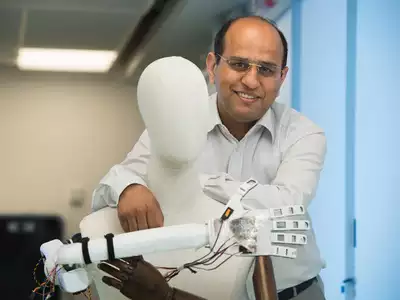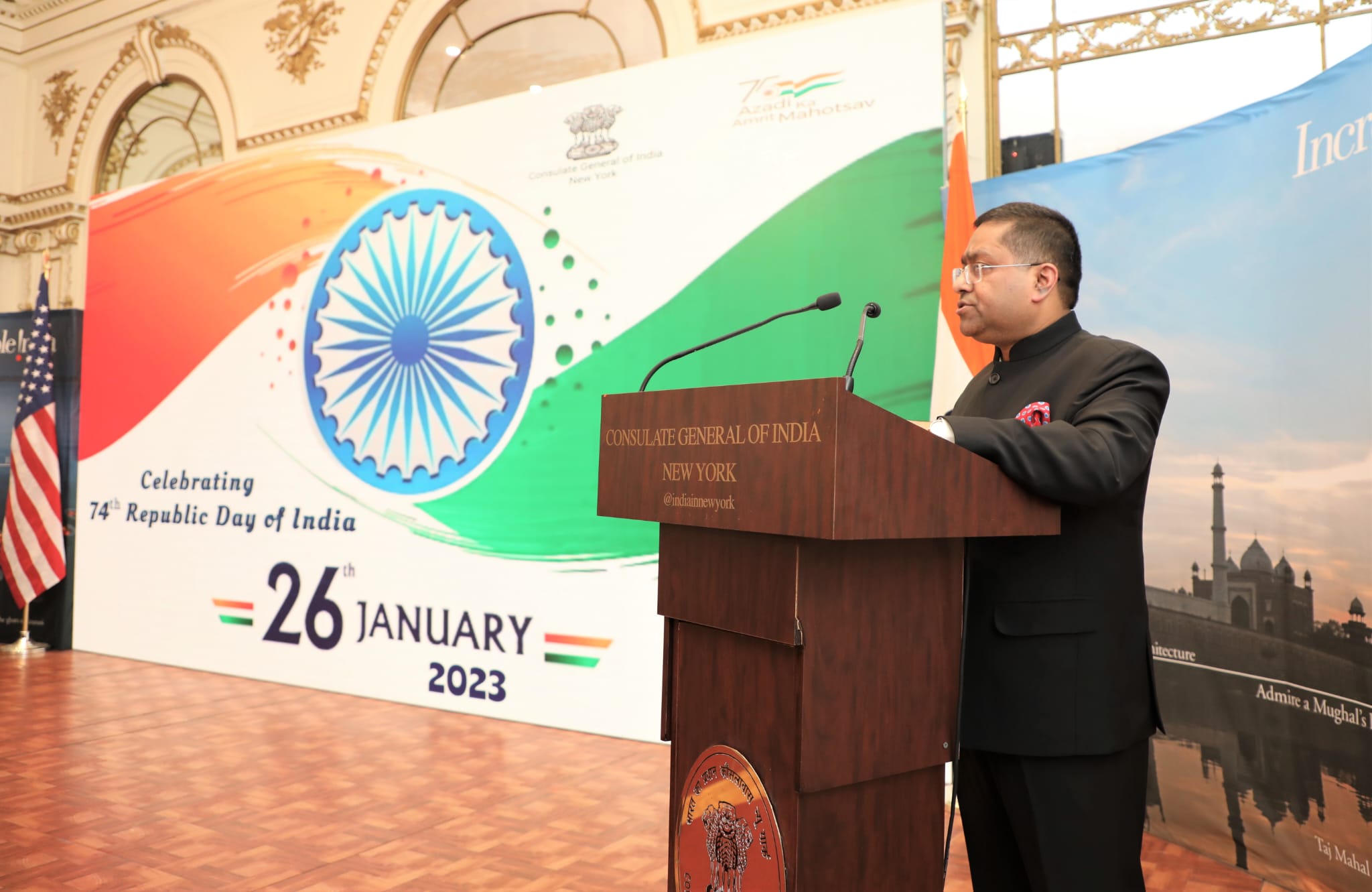Our Bureau
Boston, MA
Earlier Prof Ravinder Dahiya was based in Scotland where he spent 10 years creating electronic skin, to work on a new project that will grant robots almost human physical attributes.
India-born Professor Ravinder Dahiya of Northeastern University’s College of Engineering in Boston ( Massachusetts, USA), a renowned expert on electronic skin, is leading a project that is expected to help create a new generation of smart robots with human-like physical abilities.
His work is expected to give robots the versatility and tactile ( touch sensation) ability of humans by enabling electronic skin used in robots to expand and contract similar to the way human skin does.
Prof. Dahiya was recently granted a National Science Foundation grant of a $230,000 for a project to develop “Flexible and compressible e-Skin integrated with soft magnetic coil-based ultra-thin actuator and touch sensor for robotics applications.”
“Replication of Natural Skin characteristics is critically important for smooth operations of Robots. The touch sensory feedback from skin can allow robots to help the elderly with daily tasks, and to safely interact with real-world objects (e.g., grasping fragile objects). Likewise, skin on surgical tools can allow clinicians to remotely feel the body parts to enable new research directions in digital health,” the project statement reads.
Prof Dahiya, an alumnus of IIT Delhi, obtained his MTech, and gained his PhD in humanoid technology from the Italian Institute of Technology and the University of Genoa in Italy in 2008.
Before joining Northwestern University earlier this year, Dahiya was decade from 2013, with the University of Glasgow, Scotland (UK) as Professor of Electronics and Nanoengineering at the James Watt School of Engineering. He led the project to develop electronic skin which displayed the sense of touch and could feel sensations like pain. While helping to create a robot with human-like sensitivity, it also helped provide amputees, with prosthetics — artificial arms or legs — with some semblance of the feeling of touch that they lost.
However, e-Skin variants till now neglect the fact that natural skin has receptors or sensors embedded in soft tissues that are tightly coupled with muscles. What was needed was a seamless coupling between the receptors (sensors) and muscles (actuators).
Over a period of 2 years, Dahiya and his team of about 20 graduate and postdoctoral students, will develop the concept device.

























